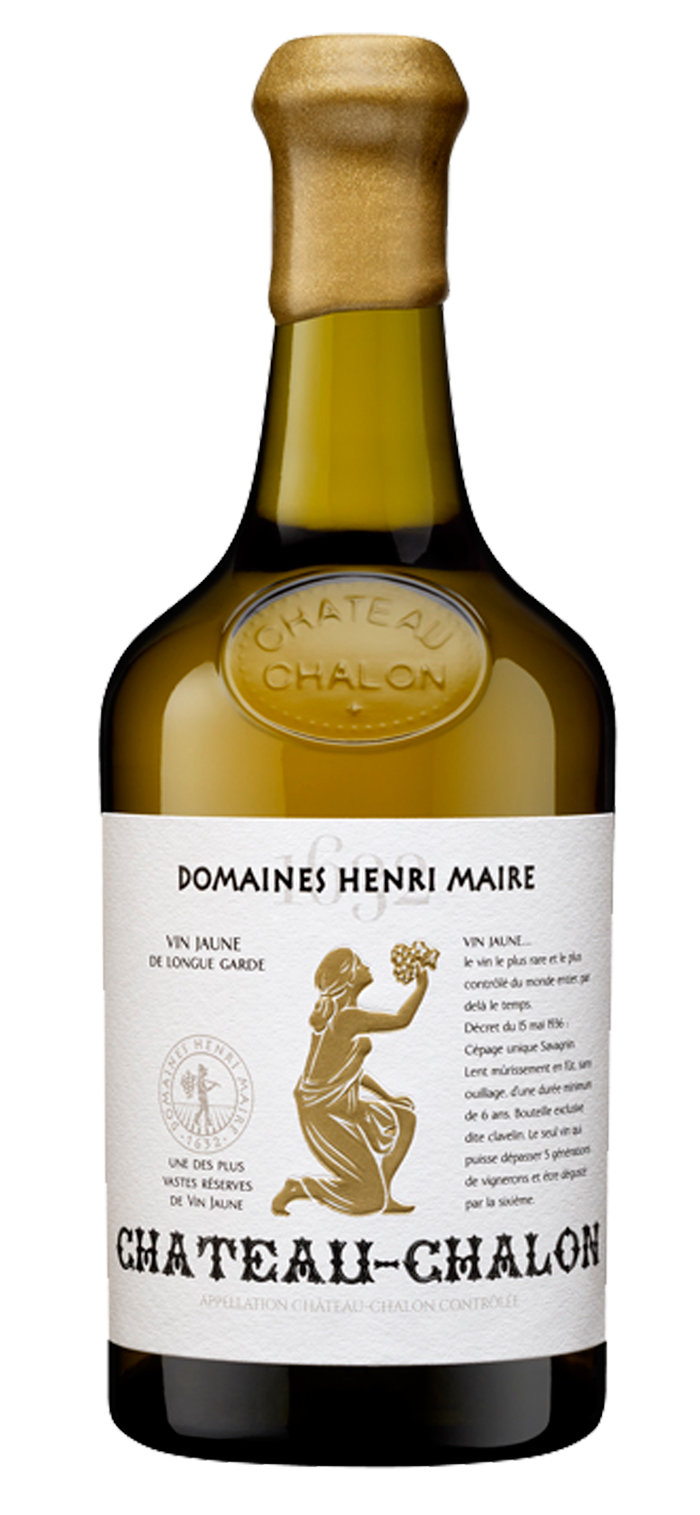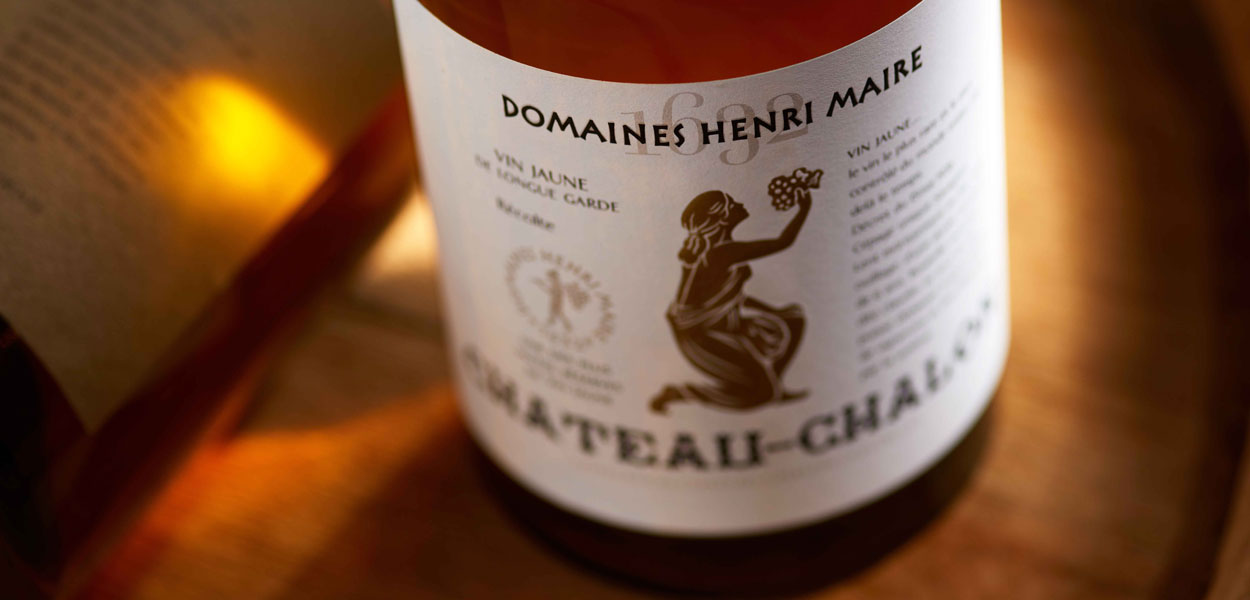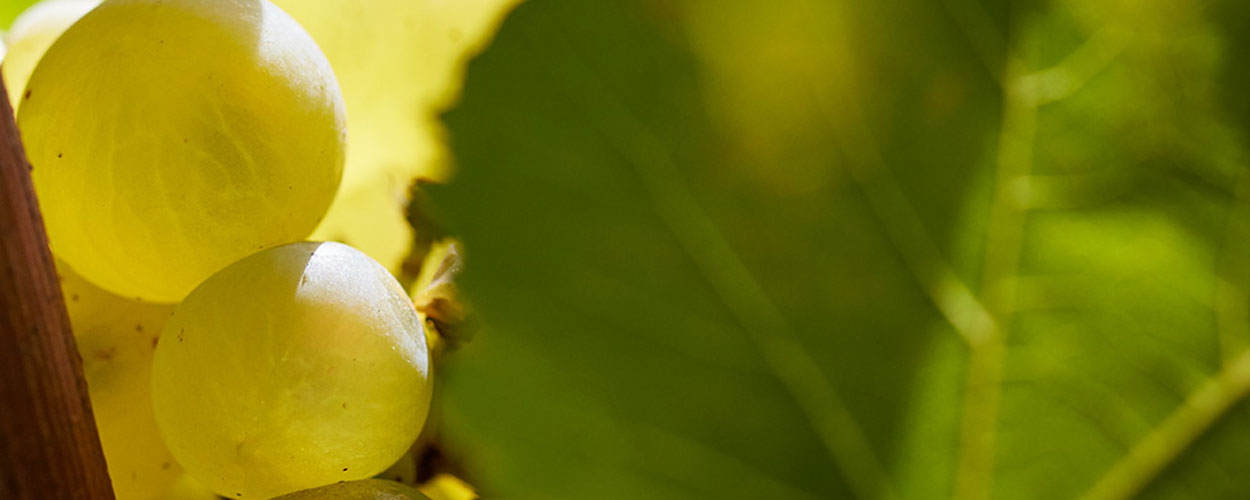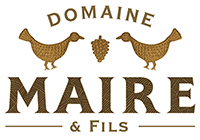
CHÂTEAU-CHALON
Since time immemorial, vines have covered most of the hillsides around the region of Voiteur. Their high quality wines were so appreciated by the Romans (from Pliny the Younger and Martial) that an edict from the Emperor Probus in the year 280, declared that many more vines should be planted on the favourable hillsides of Sequanie (the ancient name for Franche Comte).
The history of the vineyards and the wine of Chateau-Chalon, also known as vin de gelee (ice wine) or vin de garde (literally, wine to keep) is indivisible from that of the Abbey. The oldest Act found concerning the abbey is a certificate from King Lothaire in the year 869. The abbesses had to prove noble birth for four generations to be admitted to the abbey, and this would explain the dispersal of the Chateau-Chalon wine amongst the noble families from all over Europe. This wine, so precious to the abbesses, was also very much appreciated by kings and emperors. Henri IV drank two bottles when signing his treaty with the Duke of Mayenne! The "vin de garde" of Chateau-Chalon took pride of place on certain special days, for example the enthronement of Tsar Nicholas II, and on the occasion of her coronation, Queen Juliana of Holland enjoyed a glass!
The 'Grand Cru' of 'Vins Jaunes'.
The Emperor Napoleon who, when sharing a drink at Johannisberg castle with the Prince de Metternich, declared "Here, you serve the best wine in the world". "Sire," replied the Prince "the best wine in the world is not from Johannisberg, but it is found in a small town in your empire, at Chateau-Chalon".
A subtle wine. Its highly developed, enchanting nose gives off walnut, wild mushroom and spicy aromas. Its complex, elegant structure is very present in the mouth. A remarkable range of aromas then open up on the palate: welldeveloped walnut, dried fruit, curry, saffron, and roasted hints. The finish is long and very persistent.
Vin jaune undergoes a specific 'film' maturation technique to produce its priceless nectar.

100% Savagnin, the only vine variety authorized for this wine.
Savagnin is a typical Jura variety, flourishing on its grey marl and ripening slowly. This demanding, patient vine variety is the best type for oxidative 'film' maturation.
Everyone says that it is the composition of the soil that is necessary to produce Château-Chalon. The particular character of the wine is in part due to the blue and grey lias marl, augmented by the limestone outcrops that form the higher cliffs. This in turn helps the warming of the micro climate, and that enables the grapes to ripen fully. The altitude of this particular band of marl varies between 250 and 400 metres above sea level. The orientation of the slopes gives the best exposure (south to south-west) and the optimum protection to the vines.
The shelter provided by the limestone cliffs that dominate these vineyards protects the vines from the northerly and easterly winds. This means that this area retains its warmth long after the surrounding areas have cooled down.
The vines are all planted on slopes, some very steep, reaching up to 45%. This has made it necessary for the winemakers to develop certain skills, for example; working with tracked vehicles, replacing soil that has washed down the slopes, building terraces, etc. A land tax adjustment which was introduced in 1977 has brought a lot of additional improvements by channelling water and constructing better methods of access to the vine parcels.

The Savagnin is harvested in October, the grappes are picked by hand, crushed and then pressed, the juice drawn off and fermented.
At the end of fermentation, the wine is put into oak barrels for a period of six years and three months. The barrels of 228 litres are then put into cellars characterised by their dry atmosphere and their difference in temperatures between summer and winter.
During this time, the barrels are never topped up to compensate for the evaporation or "angels share" that is lost, as is the practice in Burgundy and other winemaking areas. The wine develops a layer or "voile" of yeast on the surface, which works away in the darkness of the cellars to produce its own unique character, and to make it one of the great wines of France.
After ageing, the resulting nectar is bottled in 62-centilitre (volume of a litre of Savagnin remaining after maturation) 'clavelins' – bottles specially designed for this wine.

This remarkable wine is ready to drink as soon as it is bottled, but can also be kept in a cellar for several generations. Opened bottles keep for several weeks.
This dry, powerful wine ages wonderfully well. It can also be enjoyed at any moment, from the appetizers to the dessert: Comté cheese, gougères (baked savoury choux pastry made of choux dough mixed with cheese), mushrooms on toast, poultry, white meat or fish with cream sauce and vin jaune, snails, crayfish, risotto, exotic, spicy dishes, Comtois cheese platters, and walnut gâteau. It is also wonderful for making cream sauces.
Open bottles one hour before drinking.
Serving temperature: 14–16°C.




